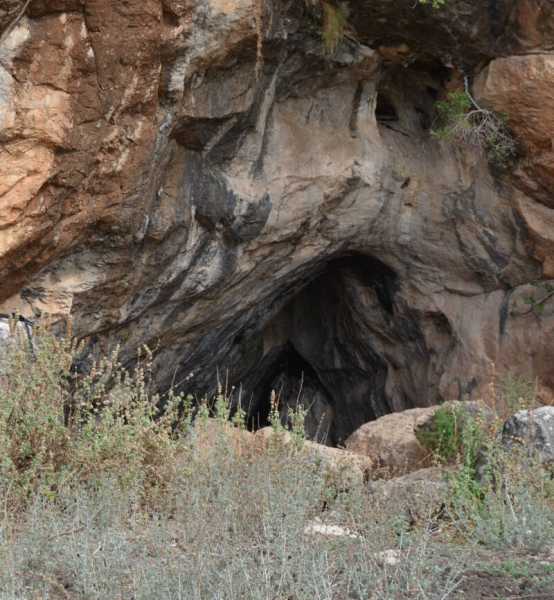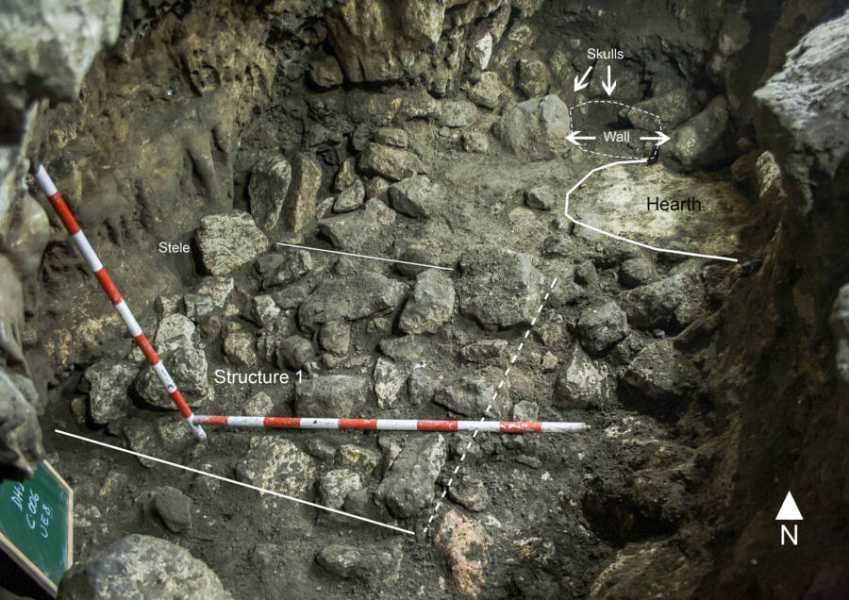Two human skulls were discovered in an Andalusian cave, one of which showed signs of decapitation and trepanation.

University of Seville. The woman's skull had a dent and obvious signs of decapitation.
The findings, published in the journal PLOS ONE, detail a previously unknown Middle Neolithic burial ritual. Virtually no other excavated site from this era on the Iberian Peninsula has a similar structure or set of objects as this one.
The two skulls found were those of a man and a woman, with the latter being slightly older. Some marks on the back of the female skull indicate decapitation, and a depression on the frontal bone likely resulted from an incomplete trepanation.
According to LiveScience, trepanation is an ancient surgical practice in which the skull is pierced to treat various ailments. While some believe that skull drilling was primarily done to treat head injuries, other experts suggest that the technique was used to ritually exorcise spirits from the patient's body.

Evidence of Neolithic burial practices in the Iberian Peninsula previously showed only individual burials.
Sourse: www.allthatsinteresting.com





